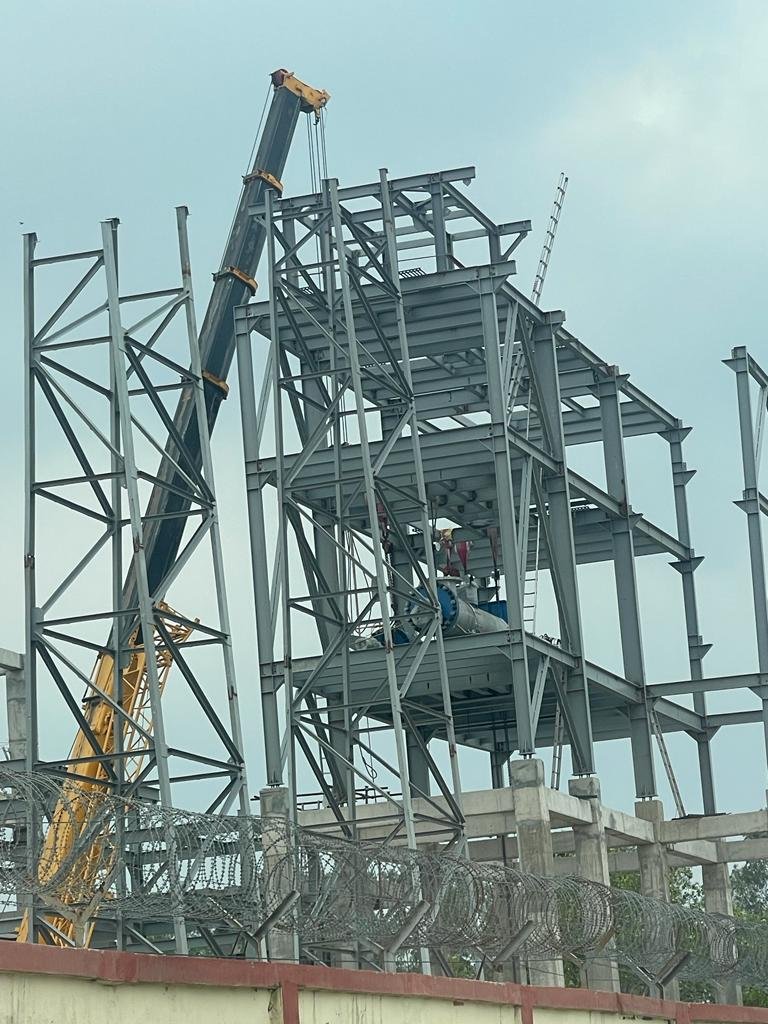
Demolishing Work
Demolishing work is an integral part of construction projects, including those involving the development of a 3G ethanol plant. Here's an overview of the process of demolition:
Planning and Assessment:
Before any demolition work begins, a thorough planning and assessment phase takes place.
The site is inspected to identify structures or elements that need to be demolished.
The type and extent of demolition required are determined, including selective demolition (removing specific components) or complete demolition (razing entire structures).
The assessment also includes identifying potential hazards, such as hazardous materials, structural weaknesses, or environmental concerns.
Permits and Regulations:
Demolition work often requires permits and adherence to local regulations and safety guidelines.
Permits may be necessary to comply with building codes, environmental regulations, and safety protocols.
Obtaining the necessary permits and ensuring compliance with regulations is crucial to carry out the demolition work legally and safely.
Hazardous Material Removal:
Before demolition, hazardous materials such as asbestos, lead, or other toxic substances may need to be removed safely.
Specialized contractors and procedures are employed to handle and dispose of these materials following strict protocols to protect workers' health and the environment.
Structural Demolition:
Structural demolition involves the physical dismantling or breaking down of the identified structures.
Heavy equipment, such as excavators, cranes, bulldozers, or wrecking balls, may be used depending on the scale and complexity of the demolition.
.jpeg)
.jpeg)


.jpeg)
